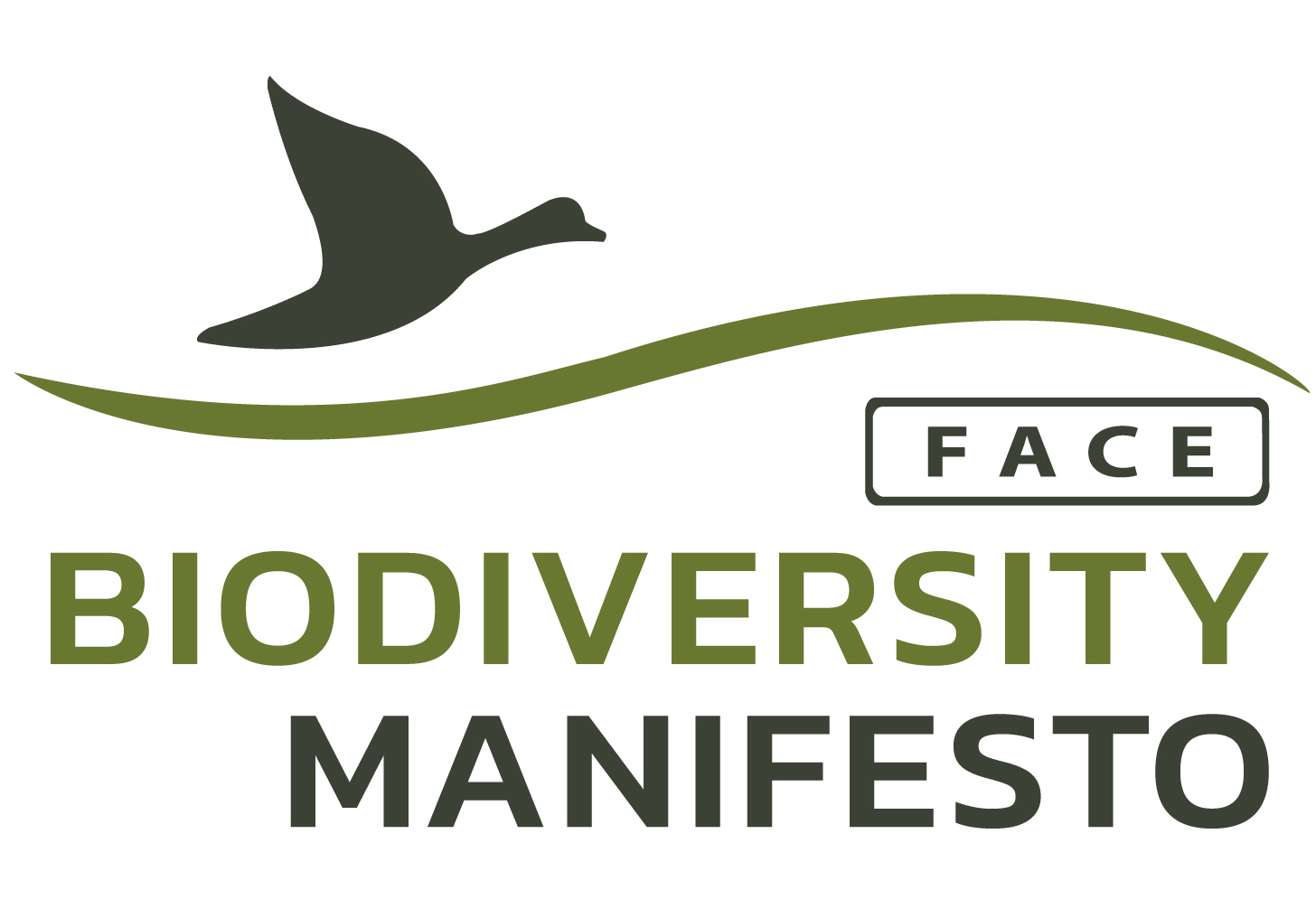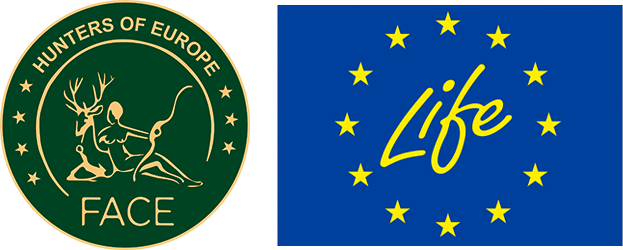A long series of experiments aiming to restore habitats suitable for nesting and rearing chicks were performed at the initiative of different hunting organisations.
The Mountain Galliforme Observatory (the association which encompasses the National Office for Hunting and Wildlife, Departmental Hunting Federations, national parks and regional natural parks) noted not fewer than 120 operations, on a total of 524 hectares of land, since 1989, which represents a financial effort of around 900,000 euros.
Works which benefited Black grouse were usually incorporated into mountain pasture improvements. These accomplished two goals: they recreated a habitat favourable to Black grouse and they kick-started the socio-economics of declining rural zones. Taking the example of four reference sites, restoration works took place in previous Black grouse breeding areas, progressively deserted the further the ligneus invasion progressed.
Two types of operations were undertaken: automated rhododendron land crushing and cutting of green alders, on strips of an average of 2,4 ha. The aim was to have a difference in vegetation in coverings and open areas. The necessary material was sometimes delivered by helicopters.
The hunters also participated to a study in order to evaluate the efficiency of the operations. The study has been conducted by means of census performed in August with the help of hunt-point-retrieve (HPR) dogs.
Country: France
Starting date: 2013
Species characteristics: Huntable species
Type of actions: Management of habitats and wildlife, Research and data collection
Leading partners: National Office for Hunting and Wildlife, Departmental Hunting Federations,

